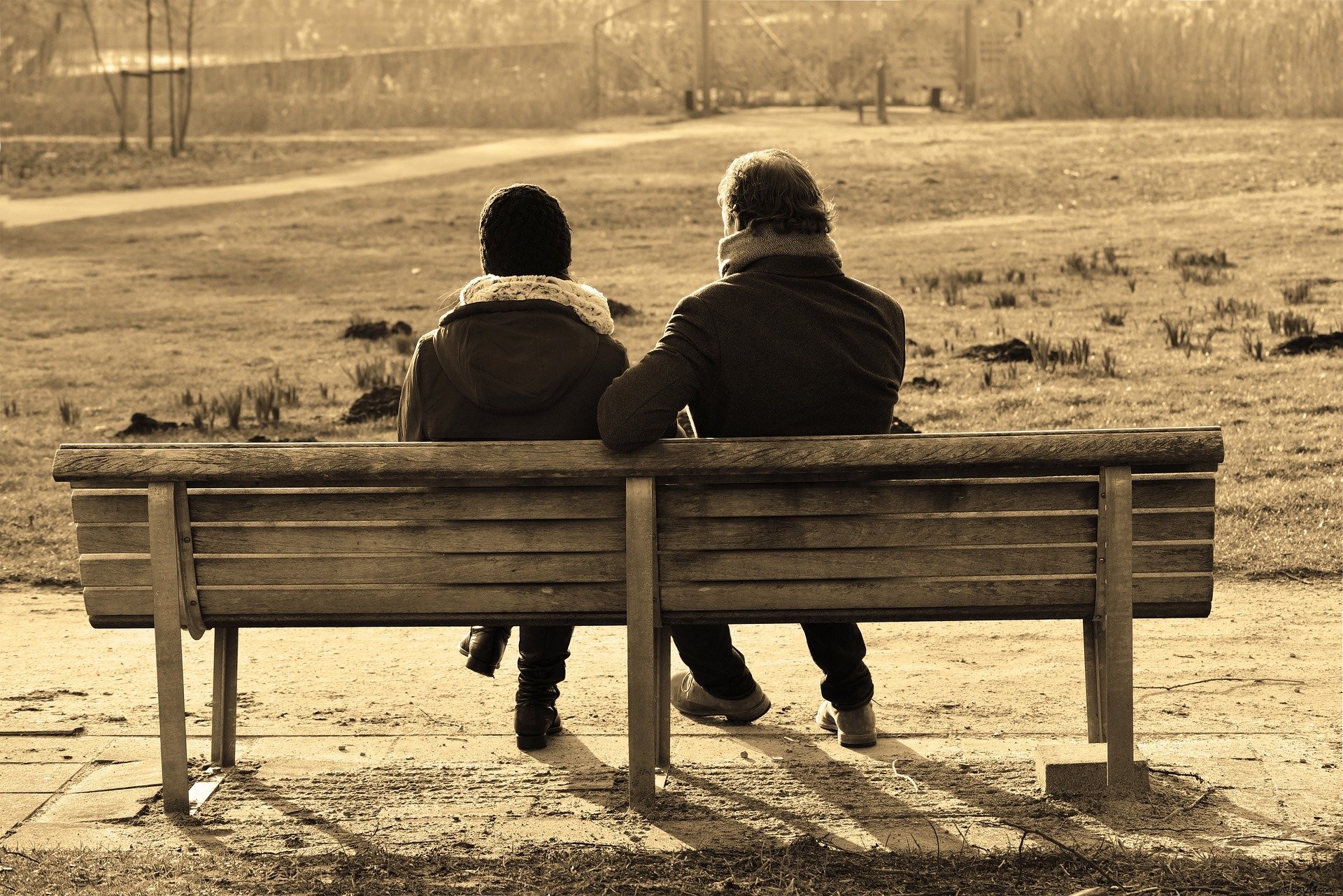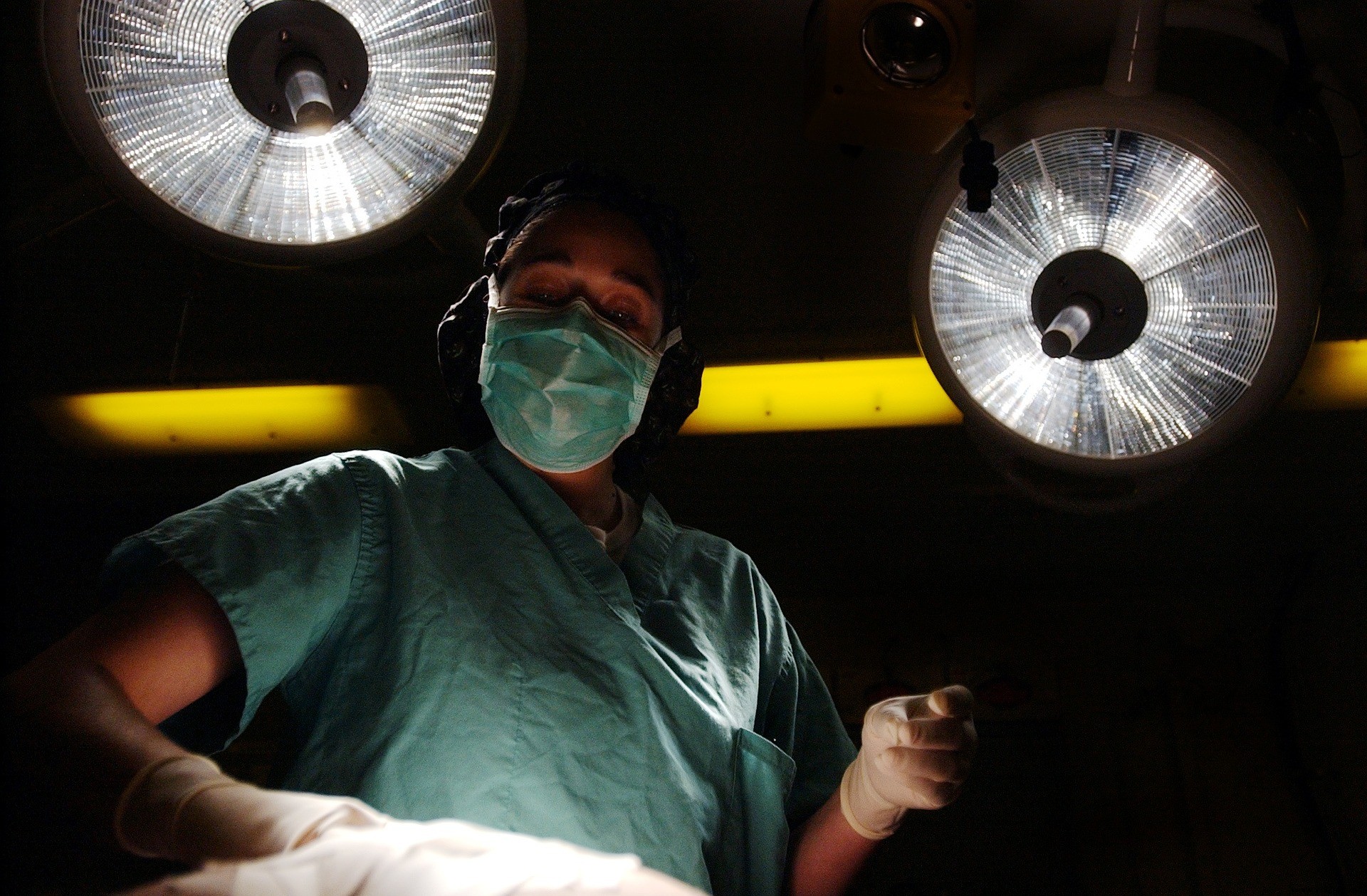For many of us, our only chance of getting into medical school will be to offer our bodies to science. But concretely, what are the steps?
We are all going to die, it is inevitable. What we can control before it is too late, however, is what will happen to our body after we are gone. Some opt for a classic burial, while others prefer to turn to cremation. It is also possible to use our bodies as fertilizer or even to send our ashes into space. However, be aware that there is also another option:donate your body to science .
The idea may seem macabre at first, but it actually shows a real outpouring of generosity to advance science. All over the world, medical and surgical students need human bodies to learn and perfect their techniques. These skills will one day benefit other people, alive and well this time.
Of course, there are larger-than-life “dummies” out there these days to give it a try. However, nothing can truly reproduce the texture of skin or organic tissue, hence the importance of the process which must obviously be undertaken during your lifetime after having been carefully considered.
First, once you have made your decision, you must inform your family and loved ones. It is also important to explain to them the procedures to follow if something bad happens. This step is essential to ensure the smooth running of operations.
Donors often do not disclose their decision to their families for fear of judgment or disappointment. Indeed, a body bequeathed to science must be donated within 48 hours. In fact, relatives do not ultimately have the opportunity to say goodbye in the traditional way. Giving your body is a gift, but it is an act that also involves sacrifice.

You must contact in writing (dated and signed paper) the donation center closest to you . The list and contact details of the establishments concerned are available here. After receipt, the Faculty of Medicine will ask you to return:
– A completed information sheet
– A donation confirmation form
– A recto/verso photocopy of an identity document
– And a stamped envelope bearing your name and address to receive your donor card
Note that this card must imperatively be kept on your person . Indeed, in the event of death, if no official card proves that you have decided to bequeath your body to medicine, it will be refused.
It is also important to emphasize that the process will not be free. If the establishments must normally ensure at their own expense the burial or the cremation of the body (after manipulation), most do not have the means to support the transport of the body .
There is no real national framework on the amount of these fees. Before any commitment, it is therefore important to inquire with the nearest structure, but these prices often vary between 200 to 900 euros. These costs must also be paid in advance by you or by your funeral contract.
Also note that once the process has begun, you are not bound hand and foot. You can change your decision at any time . If so, you can return your donor card or destroy it.

Yes, it is possible, for several reasons:
– Exceeding the time limit for transporting the body up to 48 hours after death. That's why it's important to keep your donor card with you and let your family or loved ones know. In case of misfortune, everything must go very quickly.
– The absence of a donor card
– The presence of a contagious pathology
– If you have had recent surgery
– Or if your death is related to a traffic accident or suicide
Note that if your body were to be denied for any of these various reasons, it is important to have a "plan b". In other words, think of an alternative option .
If your body is collected within 48 hours as planned, it is then transferred to the competent structure where it will be treated for preservation. It will then be used as needed:to be dissected, to train young surgeons or for clinical research, for example.
Once these operations are completed, your body is buried or cremated (depending on what you have taken care to notify). Most of the time, the ashes are scattered in a common area of the Garden of Remembrance type . A stele on which your name is inscribed allows family and loved ones to gather.
If you wish, note that it is also possible to return your ashes (only your ashes) to your family against payment for the urn.
For more information, feel free to inquire here.
Source
Related articles: